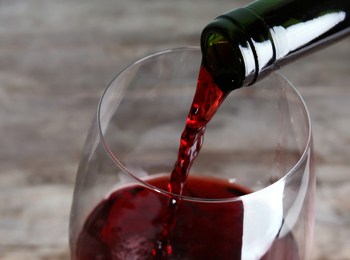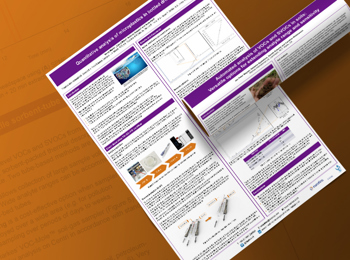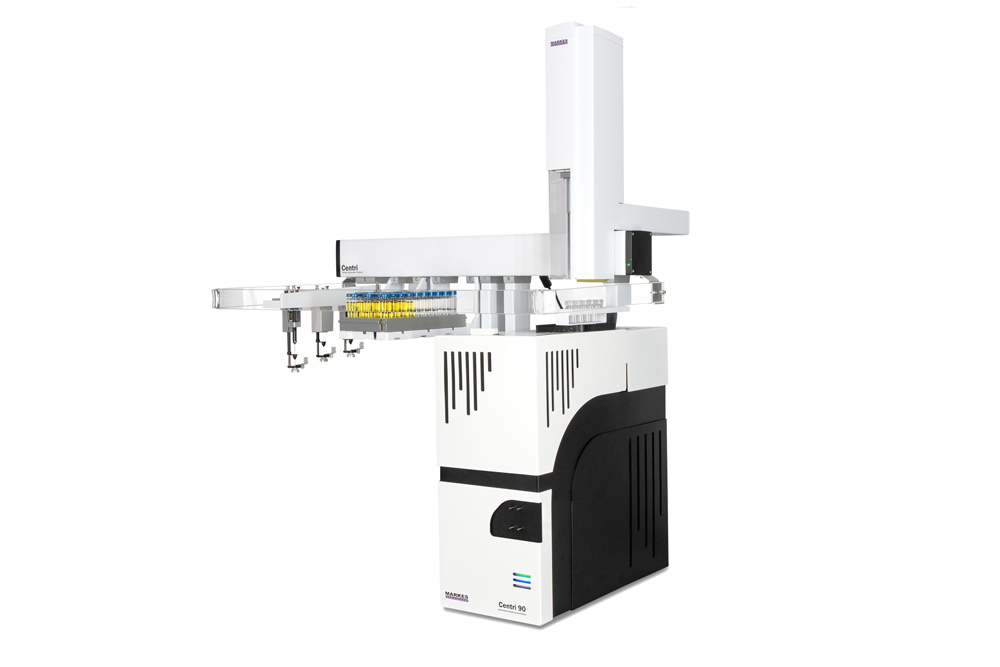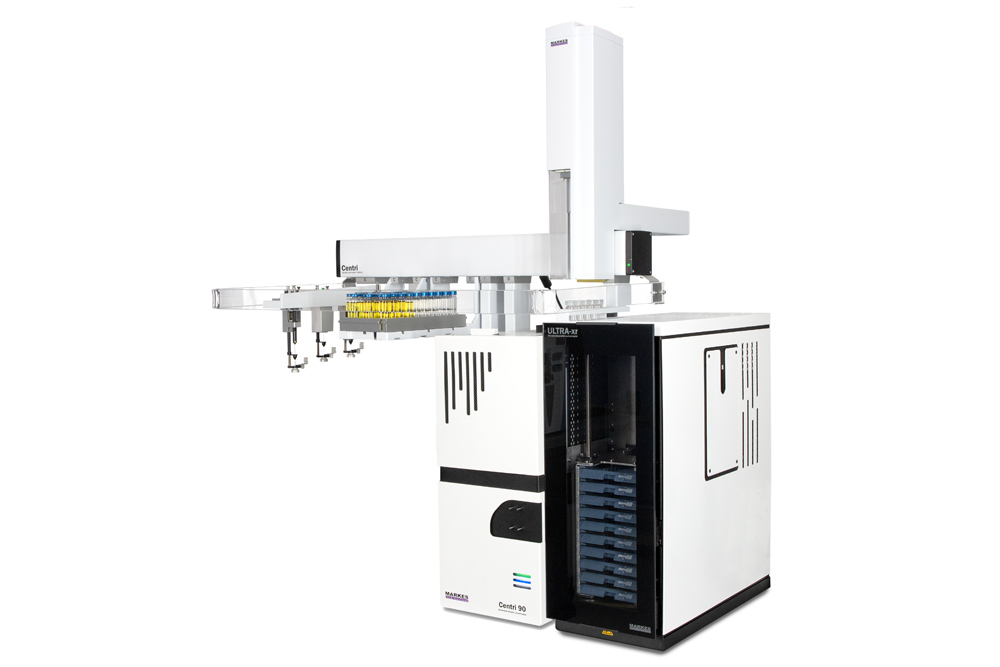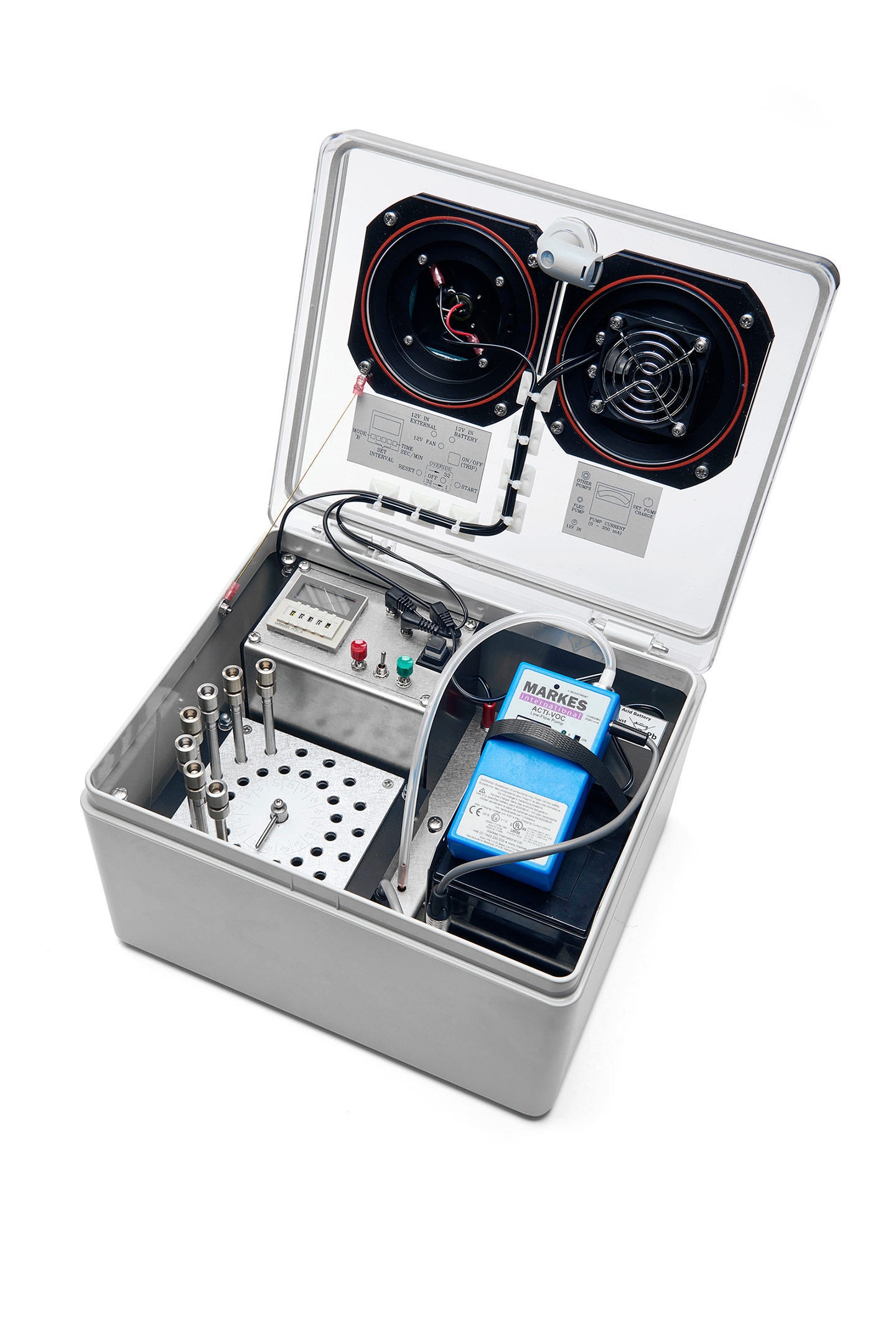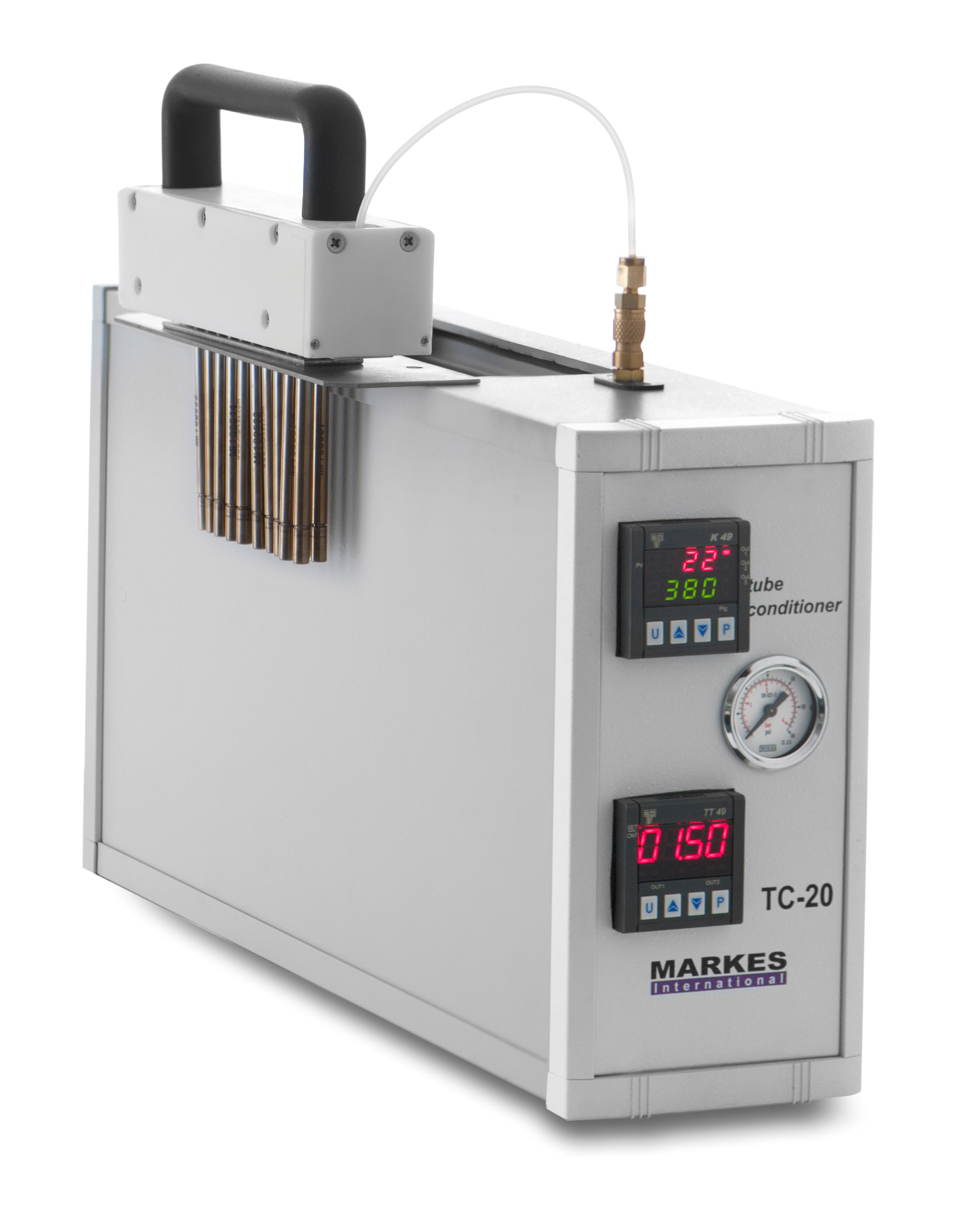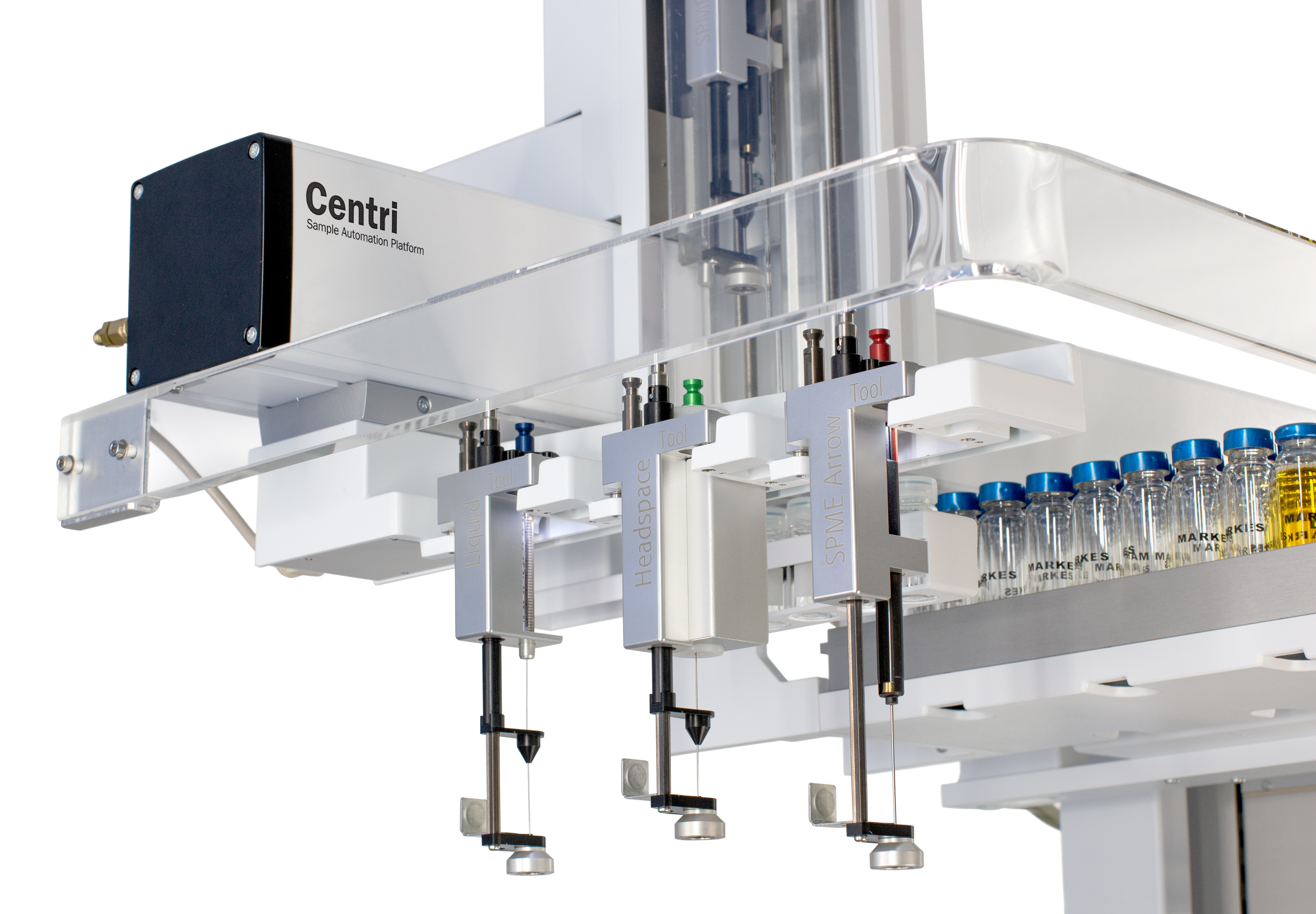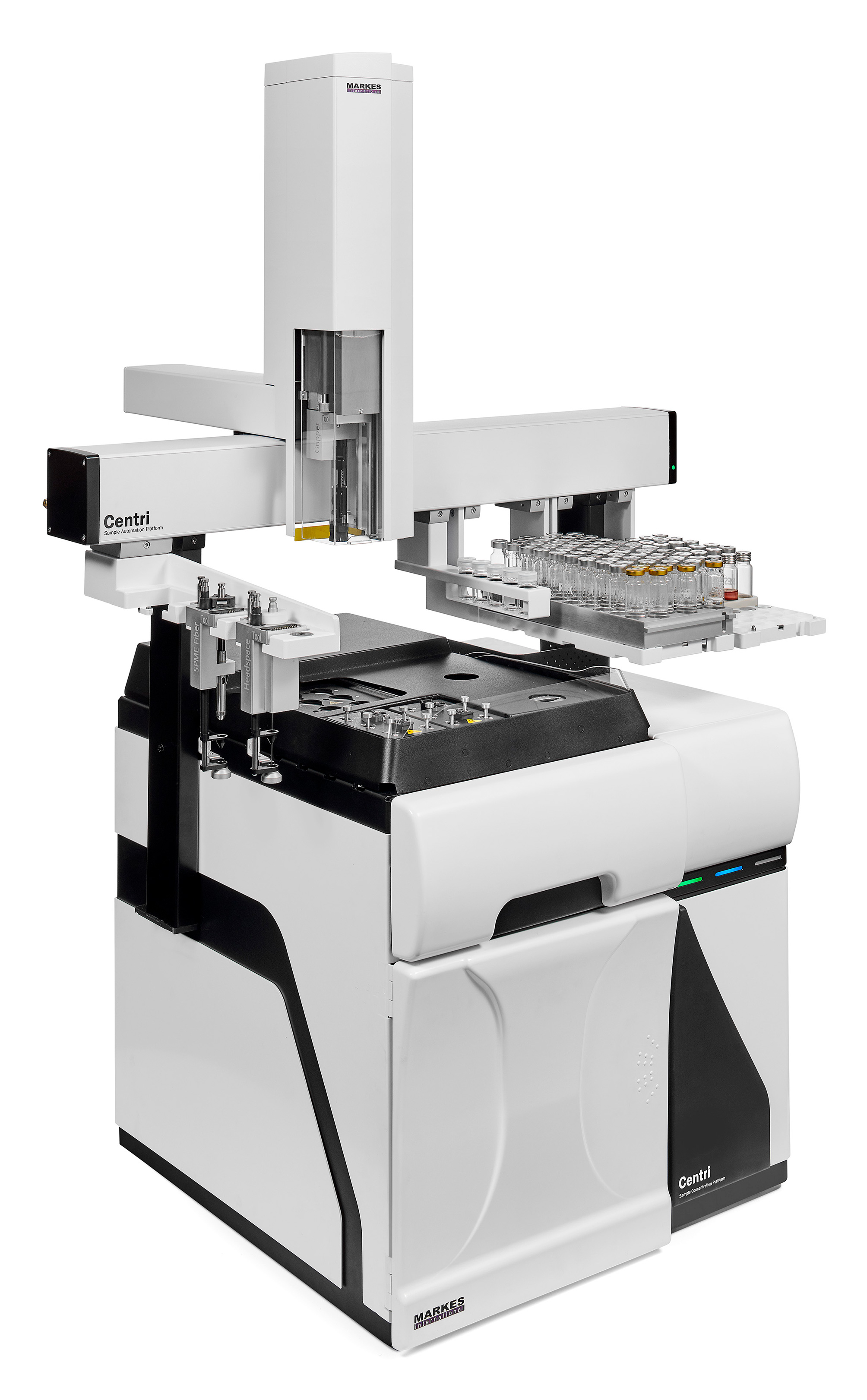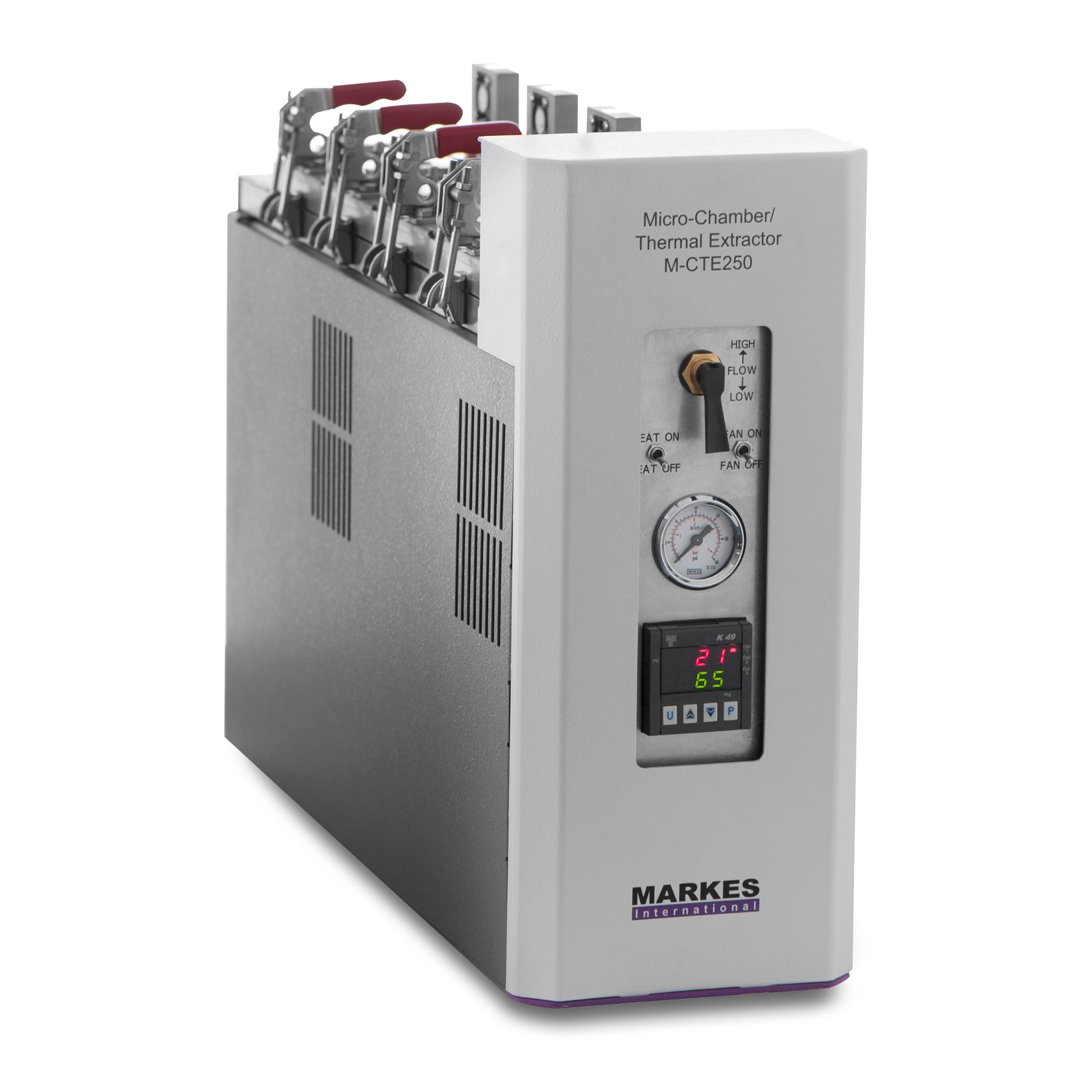Profiling VOCs released from drinking water and other common drinks such as fruit juices, beer, wine and spirits is key to uncovering cases of spoilage and contamination, as well as identifying trace-level analytes with low odour thresholds that directly affect the product’s customer appeal.
Separating volatiles from bulk components
Many beverages can be troublesome and time-consuming to analyse because of the need to separate the volatile aroma-active chemicals from bulk components such as water and ethanol. This is necessary to avoid overload of the analytical system, and can also reduce the likelihood of important components being 'masked' by large solvent peaks.
Extraction and distillation were for a long time standard approaches to this problem, but these are labour-intensive, and are increasingly being superseded by more convenient sampling techniques (which also lessen the risk of losing the most volatile components).
The importance of identifying trace-level odorants
An additional challenge in VOC analysis of drinks is that many of the components of interest are present at very low levels (often in the ppb–ppt range). Key examples are the 'Brett' spoilage compounds 4-ethylphenol and 4-ethylguaiacol found in wine, and naturally-occurring off-odours such as geosmin, methyl isoborneol and trihaloanisoles in the case of water.
Techniques for analysis of drinks
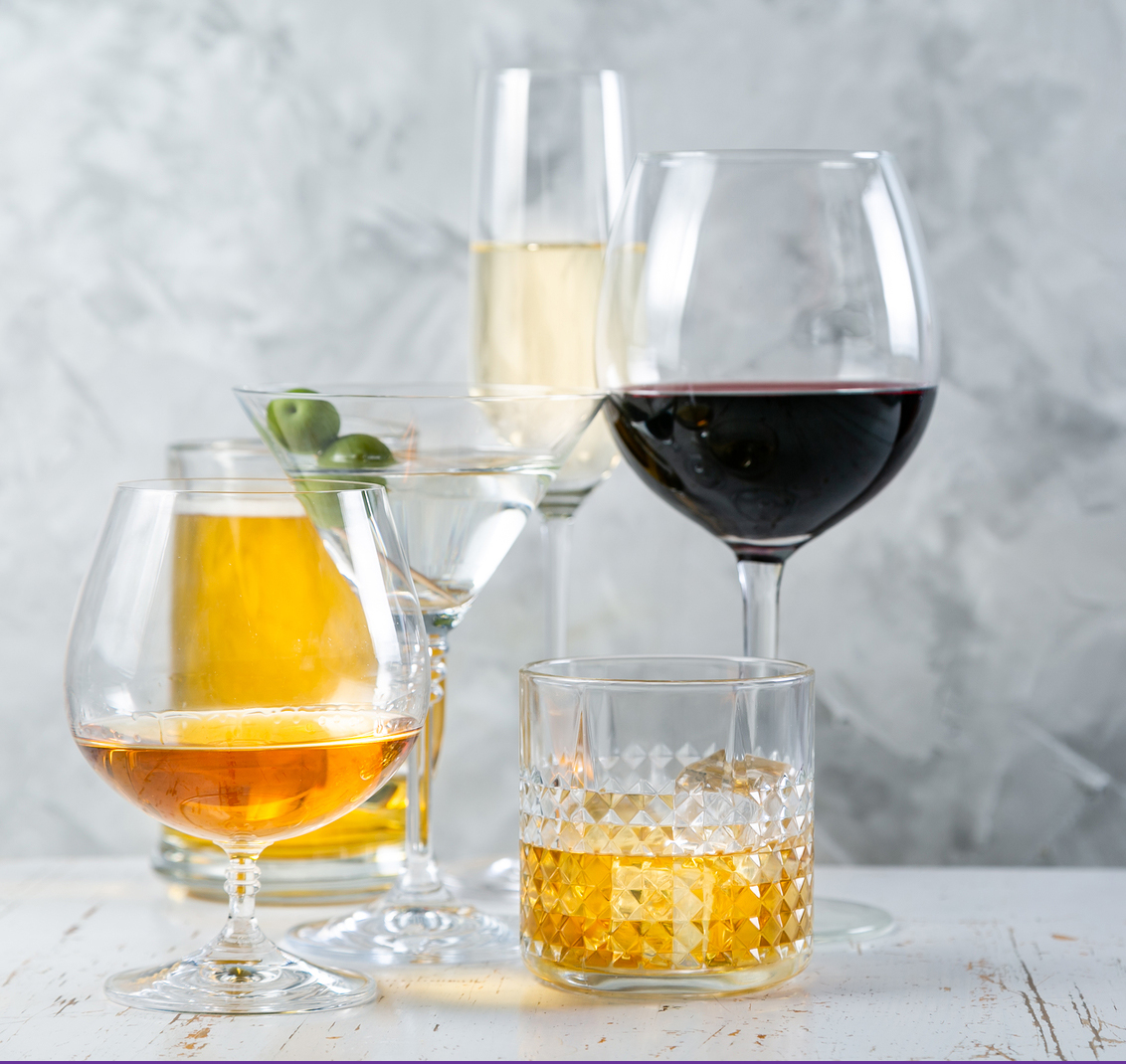
The variety of sample types investigated by drink/beverage analysts can make selection of suitable analytical system(s) challenging. However, the three most important factors are:
- Availability of sample preconcentration, to maximise the response from trace-level aroma compounds.
- Compatibility with a variety of sampling techniques.
- Ability to reduce interference from high-abundance components such as water and ethanol.
Equipment from Markes International for beverage VOC profiling
Markes International's automated Centri platform for sampling and preconcentration is an increasingly popular choice for beverage analysts.
Sampling options particularly relevant to beverage analysis are:
Find out more by browsing the content below.

